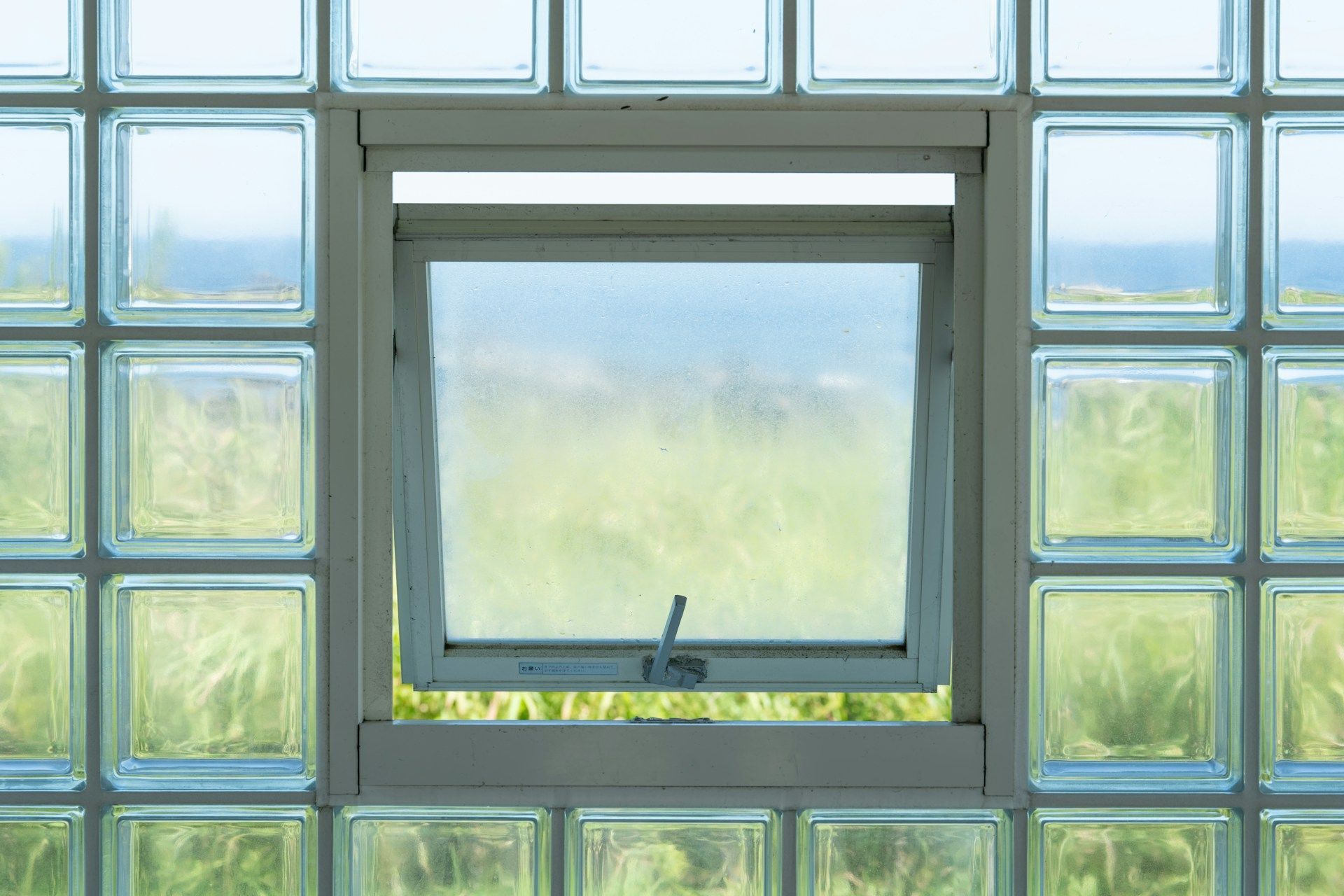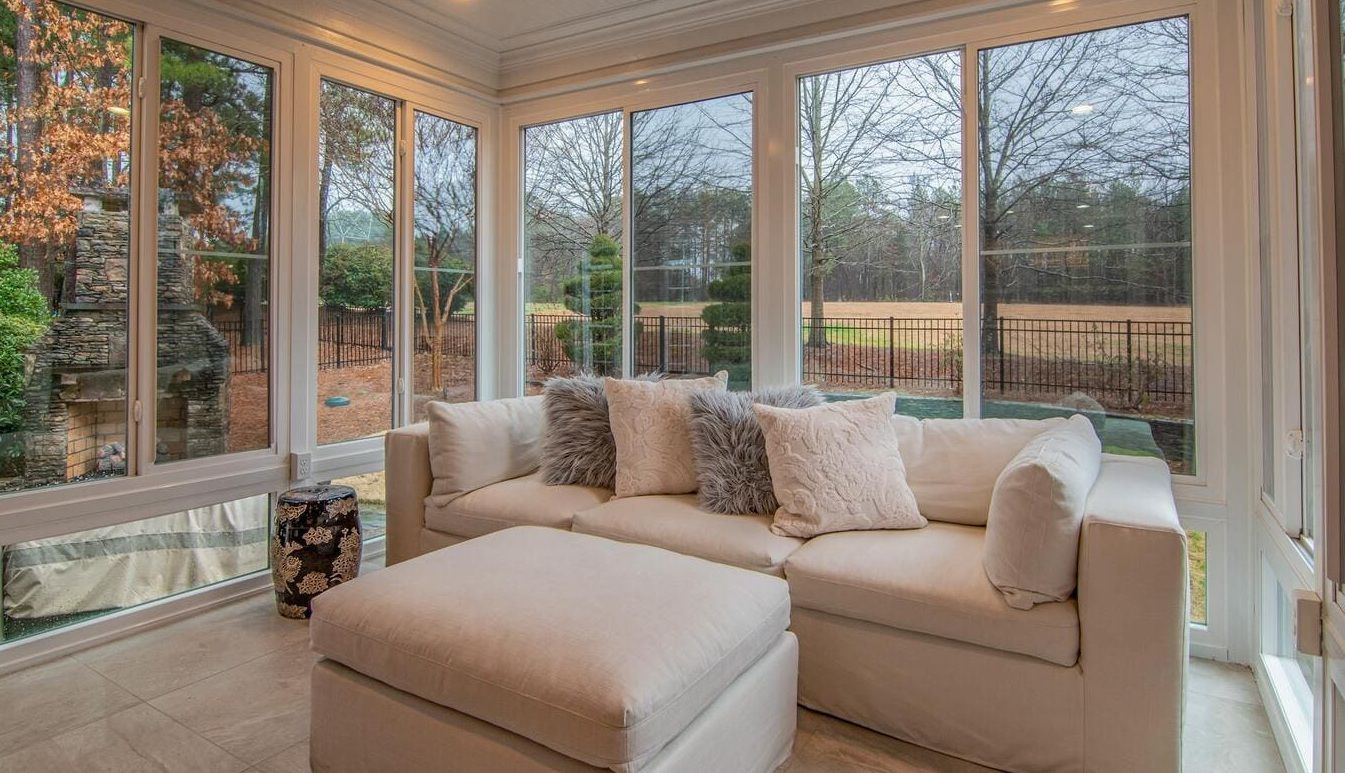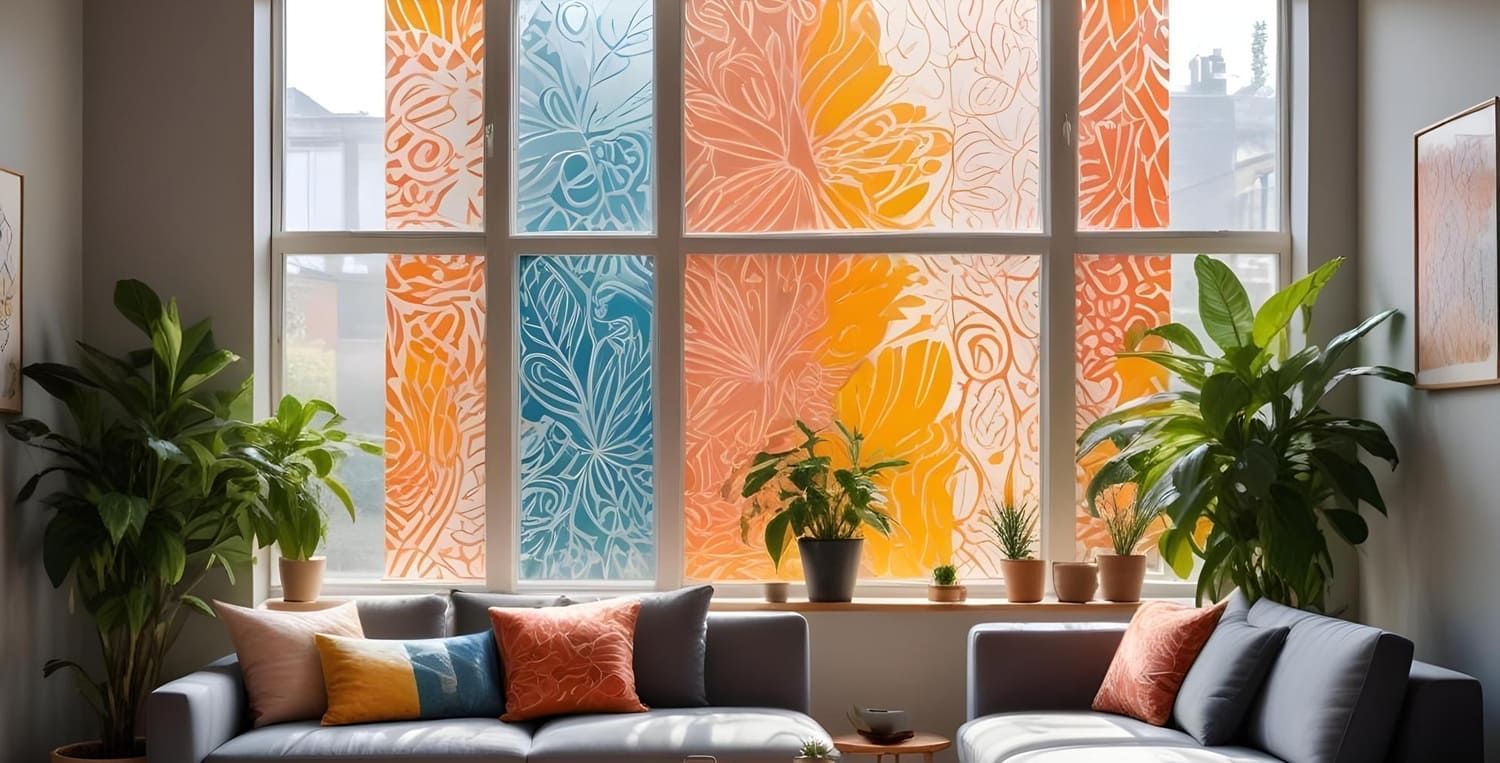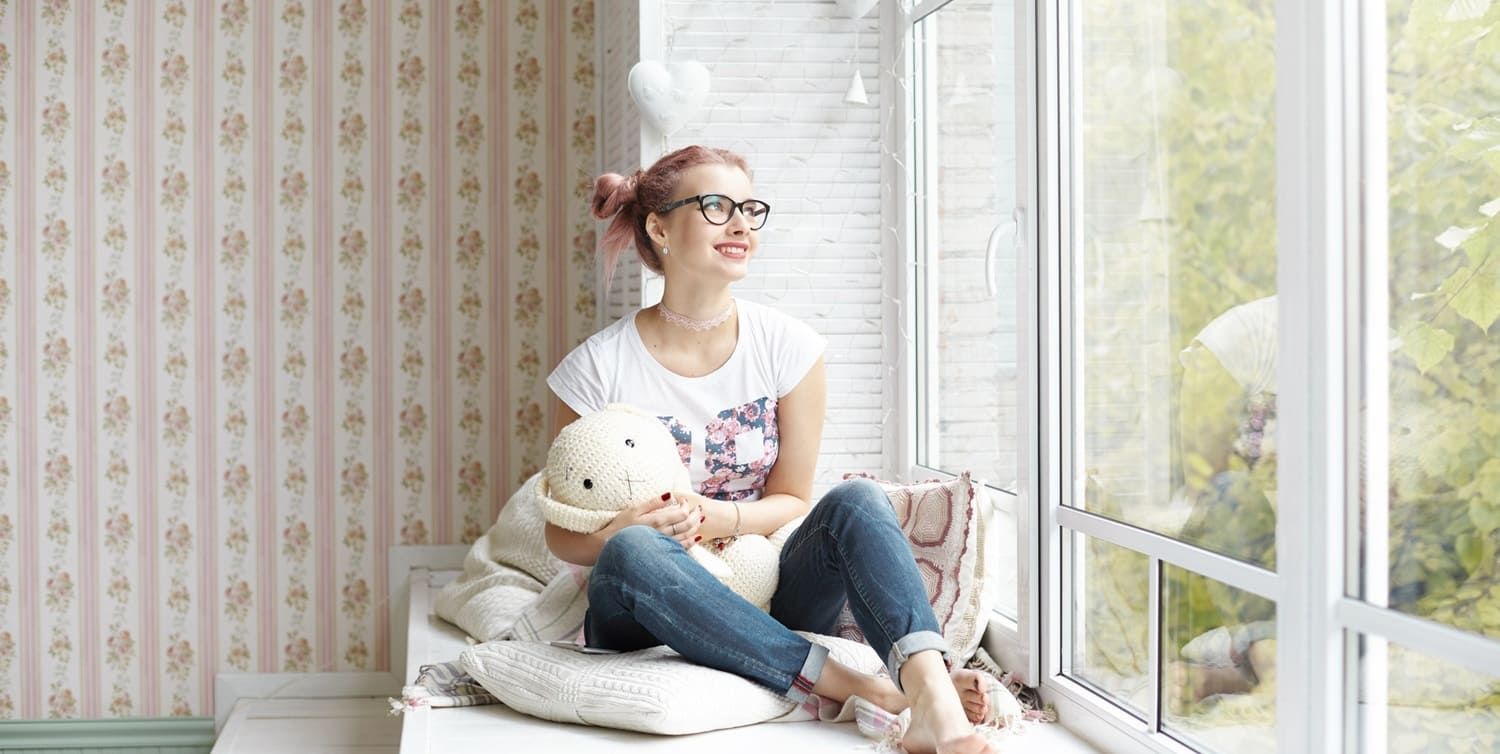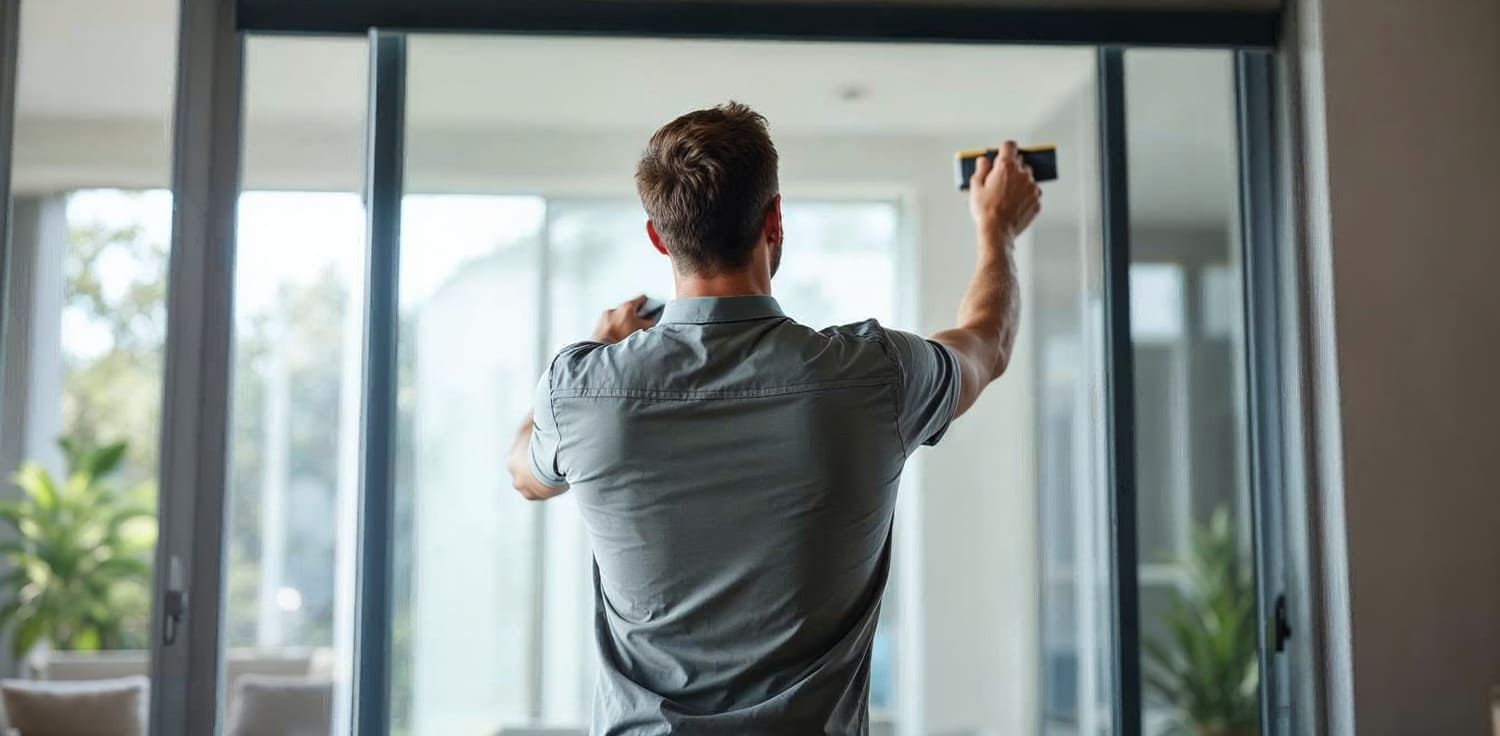Is Window Tinting Better Than Curtains or Blinds?
In the quest for the perfect window treatment, homeowners often find themselves weighing the pros and cons of various options. Among these, window tinting, curtains, and blinds are popular choices. Each offers distinct advantages, but which one truly stands out in terms of energy efficiency, aesthetic appeal, and practicality? Understanding the benefits and limitations of each option can guide homeowners in choosing the best solution for their unique needs and preferences. Let's delve into the merits of window tinting in comparison to curtains and blinds.
Window tinting involves applying a thin film to the interior or exterior surfaces of glass windows. This film serves multiple purposes, including reducing glare, blocking harmful UV rays, and enhancing energy efficiency. Such versatility makes window tinting a popular choice for homeowners looking to optimize their living spaces. Home window tinting is a versatile solution that can cater to various needs, thanks to options like LLumar residential window films, which offer a range of products designed to improve home comfort and efficiency.
The application process of window tinting is straightforward, involving the careful placement of the film on clean glass surfaces. Once installed, window tinting requires minimal maintenance, as it does not warp or fade easily under sunlight. This durability ensures that the benefits of window tinting—such as UV protection and energy savings—are sustained over the long term, making it a reliable investment for homeowners. Additionally, the advancement in tinting technologies has made it possible to have films that are nearly invisible, maintaining the clarity of your windows while providing the functional benefits.
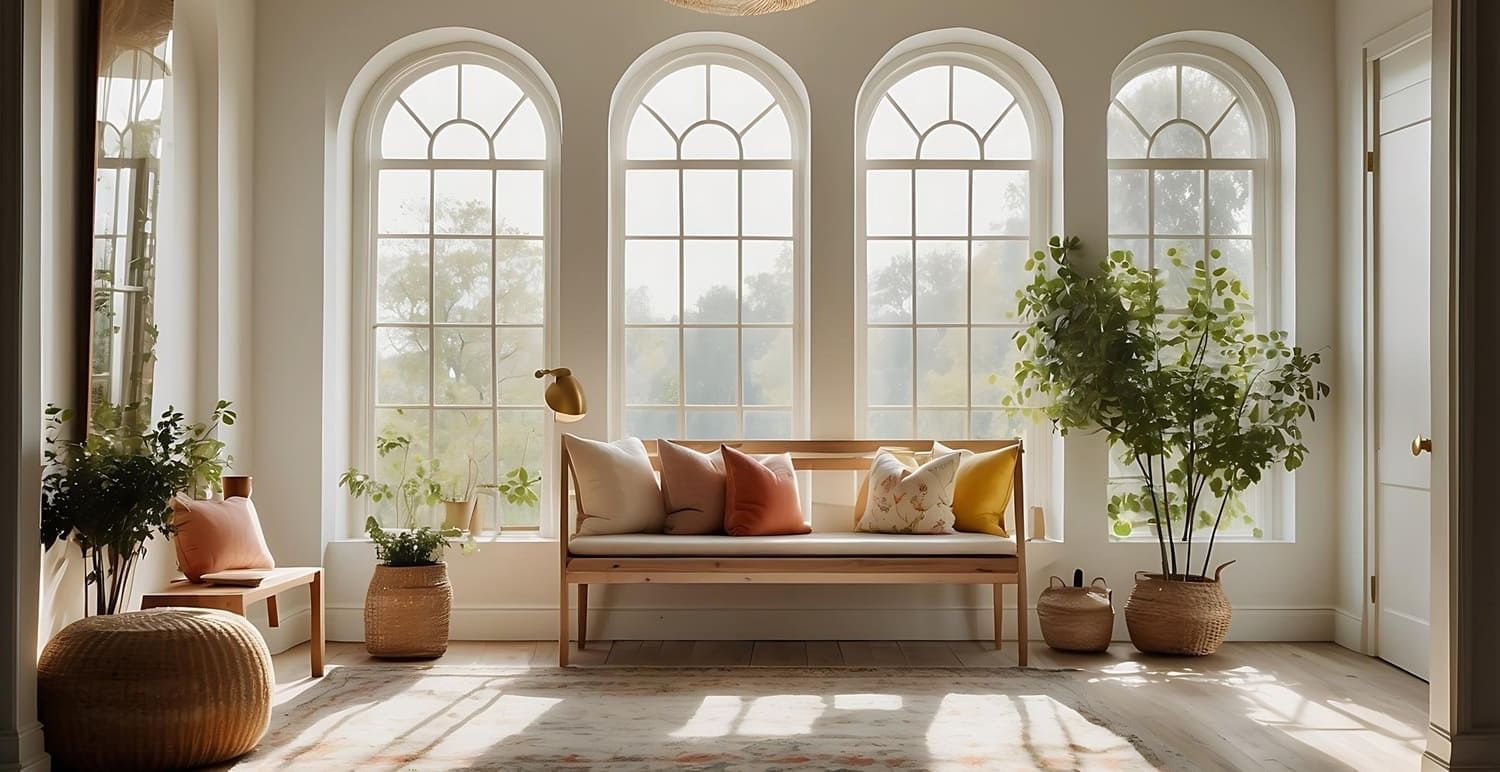
Energy Efficiency and Cost Savings
One of the most significant advantages of window tinting is its potential to enhance energy efficiency. By reducing the amount of heat entering your home, window tinting can lower your reliance on air conditioning during hot months, thus reducing energy bills. In colder seasons, the same films can help retain interior heat, making them a year-round energy-saving solution. This dual-functionality allows for a consistent indoor climate, enhancing overall comfort while keeping utility costs in check.
In contrast, curtains and blinds primarily block out sunlight without the added benefits of heat reduction. While they can contribute to energy savings, their effectiveness is often less pronounced than that of specialized window films. Curtains and blinds might require the addition of thermal linings to approach the energy-saving capabilities of window tinting, which can add to their cost and complexity. Moreover, the reliance on human intervention to open or close them to manage temperature can be less efficient compared to the automatic benefits provided by window tinting.
Aesthetic Versatility and Control
Style and Design Choices
When it comes to aesthetics, both curtains and blinds offer a wide range of styles, colors, and materials, allowing homeowners to personalize their spaces. Curtains can add a touch of elegance and are available in numerous fabrics, from sheer to heavy drapes. They can introduce patterns and textures into a room, contributing significantly to the overall decor. Blinds, on the other hand, provide a sleek and modern look, with options ranging from wood to aluminum. They can be ideal for minimalist or contemporary settings, offering a clean and structured appearance.
Window tinting, while not as varied in design options, offers a minimalist aesthetic that complements modern and contemporary interiors. It provides a clean and unobtrusive look, making it ideal for those who prefer subtlety. Tinted windows can enhance the architectural features of a home, contributing to a sophisticated, polished appearance. For homeowners seeking an unobtrusive design solution that blends seamlessly with their home’s existing style, window tinting is an excellent option.
Light and Privacy Control
Curtains and blinds excel in offering adjustable light and privacy control. With curtains, you can easily pull them open or closed to let in or block out light, providing flexibility based on the time of day or personal preference. Blinds offer even greater precision, allowing you to tilt slats to control the amount of light and privacy, making them a practical choice for rooms where light levels frequently need adjustment.
Window tinting, however, provides a constant level of light and privacy control without the need for manual adjustments. Tinted windows allow natural light to filter through while maintaining privacy, making them a convenient option for those who prefer a fixed solution. This constant level of control can be particularly beneficial in spaces where consistent privacy and light levels are desired, such as bathrooms or offices, eliminating the need for frequent manual adjustments.
Durability and Maintenance
Longevity and Wear
In terms of durability, window tinting often outlasts both curtains and blinds. High-quality window films are designed to withstand the elements and can last for many years without fading or peeling. This longevity makes them a cost-effective investment in the long run. Over time, this durability ensures that the initial investment in window tinting continues to pay off, as homeowners do not need to worry about frequent replacements or repairs.
Curtains, especially those exposed to direct sunlight, can fade over time and may require replacement every few years. This can lead to additional costs and effort in terms of maintenance and replacements. Blinds, while generally durable, can suffer from issues such as bent slats or broken mechanisms with frequent use. Repairs for blinds can sometimes be costly and inconvenient, reducing their practicality over time. In contrast, window tinting's resilience ensures that it remains a hassle-free solution for years.
Ease of Maintenance
When it comes to maintenance, window tinting requires minimal effort. A simple wipe with a damp cloth is usually sufficient to keep tinted windows clean. This ease of maintenance makes window tinting a practical choice for busy homeowners who prefer low-maintenance solutions. Curtains, however, may need regular washing or dry cleaning, depending on the fabric, which can be time-consuming and costly. Blinds can accumulate dust and require frequent dusting or wiping to maintain their appearance, adding to the upkeep effort.
Window tinting’s maintenance simplicity is a significant advantage for those looking to reduce household chores. Unlike curtains and blinds, which may need periodic attention to keep them looking their best, window tinting remains consistently functional and aesthetically pleasing with minimal intervention. This aspect can be particularly appealing in homes with large windows or numerous rooms, where the maintenance of traditional window treatments can become a considerable task.
Environmental Impact
Sustainable Choices
For eco-conscious homeowners, window tinting offers an environmentally friendly option. The energy savings achieved through reduced heating and cooling demands contribute to a lower carbon footprint. By cutting down on energy consumption, homeowners can reduce their environmental impact significantly. Moreover, many window films are designed with sustainability in mind, using materials that are less harmful to the environment. This focus on sustainability makes window tinting a responsible choice for those looking to reduce their ecological footprint.
Curtains and blinds, depending on the materials used, can also be eco-friendly. Natural fabrics and sustainable materials are available for those looking to minimize their environmental impact. However, the overall energy efficiency benefits may not be as significant as those provided by window tinting. While sustainable materials are a positive step, the inherent energy-saving capabilities of window tinting often provide more substantial environmental benefits, offering a compelling reason for eco-minded homeowners to choose this option.
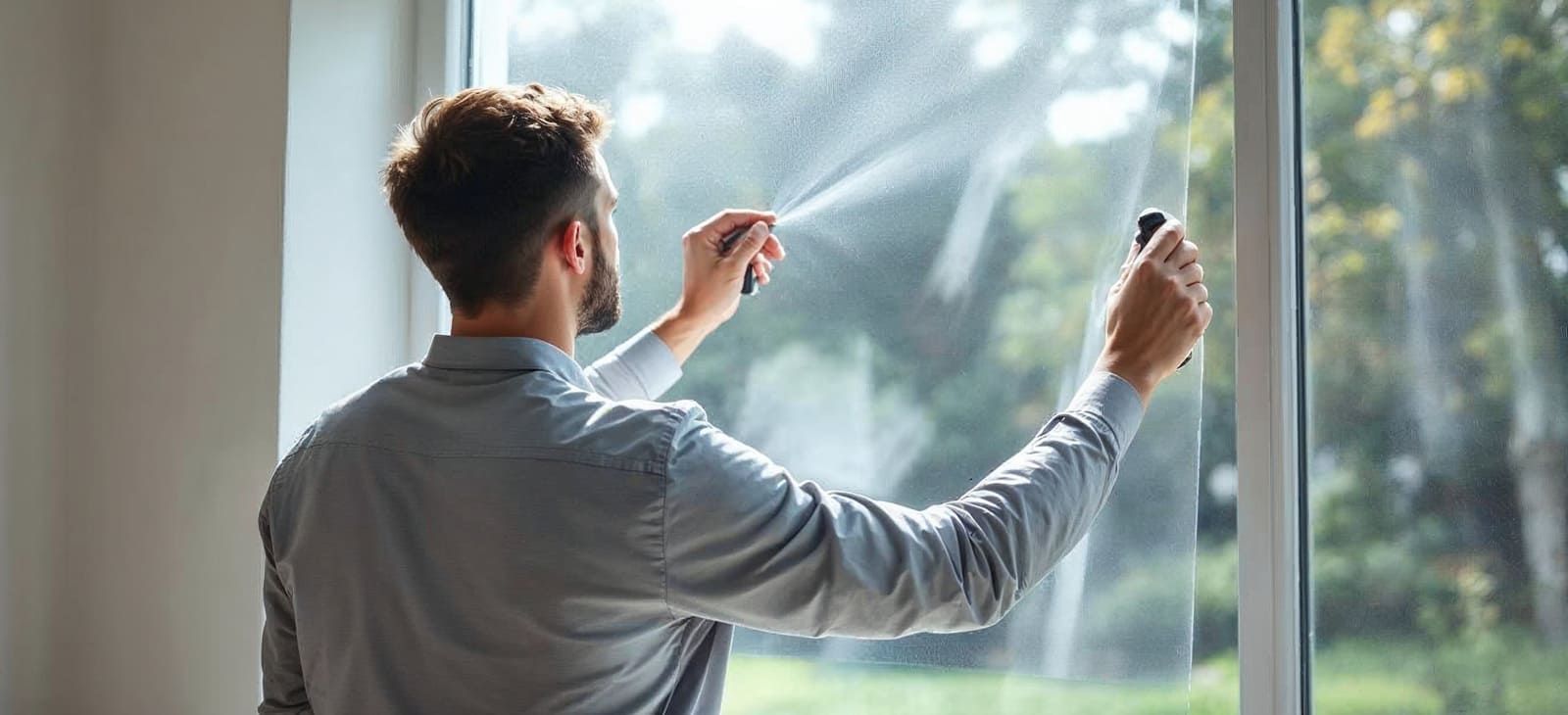
Comparing Costs
Initial Investment and Long-Term Savings
The initial cost of window tinting can vary based on the type and quality of the film chosen. While it may seem like a higher upfront investment compared to purchasing curtains or blinds, the long-term energy savings and durability often offset this initial expense. Homeowners can view this as a strategic investment towards reducing ongoing energy costs and minimizing maintenance needs.
Curtains and blinds typically have a lower upfront cost but may require more frequent replacements due to wear and fading. Additionally, they do not offer the same level of energy savings, which can result in higher utility bills over time. This ongoing cost can add up, making them more expensive in the long run when considering both replacement and energy costs. The choice between these options often comes down to weighing immediate costs against potential long-term savings.
Value for Money
When evaluating value for money, it's essential to consider not just the purchase price but also the benefits each option offers. Window tinting provides a combination of energy efficiency, durability, and low maintenance, making it a wise investment for those looking to maximize their home's comfort and efficiency. This comprehensive value proposition makes window tinting an attractive choice for those seeking a long-term solution.
For those who prioritize immediate cost savings and are willing to accept higher maintenance and replacement costs, curtains and blinds may still be appealing. However, the holistic benefits of window tinting often make it a more economically sound choice over time. Homeowners should carefully assess their long-term goals and consider how each option aligns with their financial and environmental objectives.
Conclusion: Making the Right Choice
At Surface Dynamics Window Tinting, the best window film installers serving Southern New Hampshire and the Greater Boston Area, we help homeowners make informed choices when comparing window tinting, curtains, and blinds. While each option has its merits, window tinting stands out for those prioritizing energy efficiency, low maintenance, and a sleek, modern aesthetic.
If reducing energy costs and enhancing year-round comfort is your goal, window film offers long-term value and minimal upkeep. It’s a smart investment for environmentally conscious homeowners who want to boost performance without sacrificing style.
Of course, for those who prefer customizable design options or adjustable light control, curtains or blinds may be a better fit. The key is weighing your specific needs, budget, and lifestyle preferences to make the right call for your home.
Contact Surface Dynamics Window Tinting today for a free estimate, and let us show you how window film can transform your space with lasting comfort, efficiency, and style.
FAQs About Window Tinting vs. Curtains and Blinds
Is window tinting more effective than curtains or blinds for heat control?
Yes. High-quality window film can block up to 80% of solar heat, outperforming most fabric curtains and blinds in reducing indoor temperatures.
Does window tint provide better UV protection than curtains?
Definitely. Window tint blocks up to 99% of harmful UV rays, while standard curtains and blinds may allow UV to filter through or reflect unevenly.
Can window tint reduce glare as well as blinds?
Yes. Tinting significantly reduces screen glare on TVs and monitors, offering a consistent solution without needing to adjust slats or shades.
Is window tinting more energy efficient than blinds or curtains?
Yes. Window film enhances insulation and solar control, leading to more consistent indoor temperatures and lower energy bills year-round.
Which option offers more privacy during the day?
Reflective or frosted tints offer daytime privacy without blocking views. Curtains and blinds must be closed to ensure privacy, reducing natural light.
Is tinting less intrusive to interior design?
Yes. Window tint is sleek and nearly invisible, blending with any interior without taking up space, unlike bulky curtains or blinds.
Can you still enjoy natural light with tinted windows?
Yes. Tinting reduces harsh sunlight but still allows natural light in, creating a bright yet comfortable indoor atmosphere.
Are curtains and blinds easier to clean than window tint?
Window tint requires less maintenance—just a gentle glass cleaner and microfiber cloth—while blinds and fabric curtains can trap dust and need regular cleaning.
Which is more durable: tint, blinds, or curtains?
Window tint can last 10–20 years, especially when professionally installed, while curtains may fade and blinds can bend or break over time.
Is window tint more pet- and child-friendly?
Yes. Tint has no cords or moving parts, making it safer for households with pets or young children, unlike some blinds and curtain systems.
Can you combine window tint with curtains or blinds?
Absolutely. Many homeowners use window film as a base layer for solar and UV protection, then add curtains for design or blackout functionality.
Is it cheaper to install window tint than new curtains or blinds?
Depending on window size and fabric choice, window tint is often more cost-effective, especially considering its energy savings and durability.
Do tinted windows require permits or approvals like exterior shades?
Usually not. Window film is an interior upgrade that doesn’t alter exterior appearance or structure, so it’s rarely subject to permits.
Which option is better for allergy sufferers?
Window tint is ideal for reducing allergens, as it doesn’t trap dust, pollen, or pet hair like fabric curtains and blinds can.
Does tinting reduce outside noise better than curtains?
Not significantly. While some thicker tints can dampen sound, heavy curtains or layered blinds typically perform better for sound reduction.
Is window tinting a one-time investment?
Yes. Once installed, tint lasts for years with minimal maintenance, unlike blinds and curtains that may need replacing or frequent adjustment.
Do tinted windows offer benefits year-round?
Yes. They reduce heat in summer and retain warmth in winter, offering year-round comfort and energy efficiency.
Can you tint just one side of the glass like you can with blinds?
Tint is applied directly to the glass surface, so it doesn’t offer variable coverage, but it provides a consistent and automatic solution.
Are there aesthetic differences between tint, blinds, and curtains?
Yes. Tint offers a clean, modern look, while blinds and curtains add texture, pattern, or traditional style to the space.
Which is better for resale value: window tint or traditional coverings?
Tint adds long-term functional value (energy savings, UV protection), which can be appealing to buyers—while curtains and blinds are often replaced by new homeowners.


